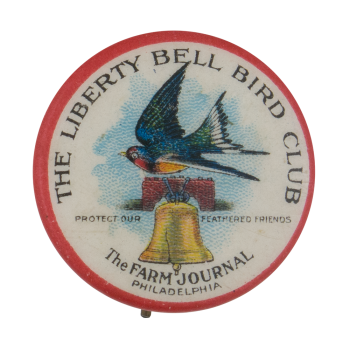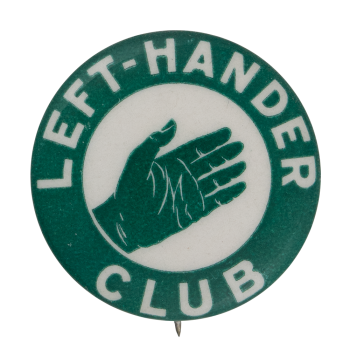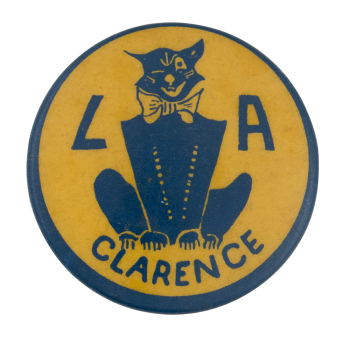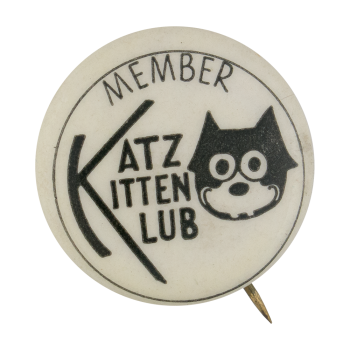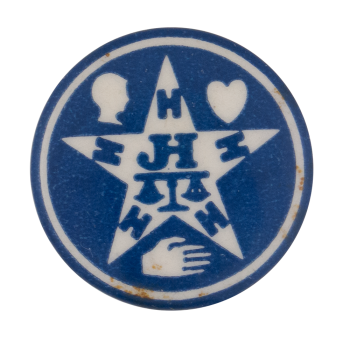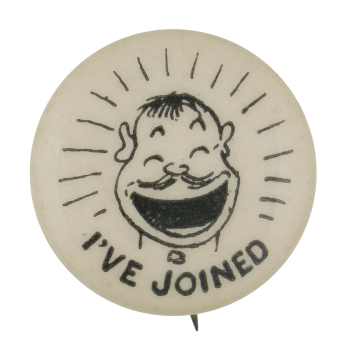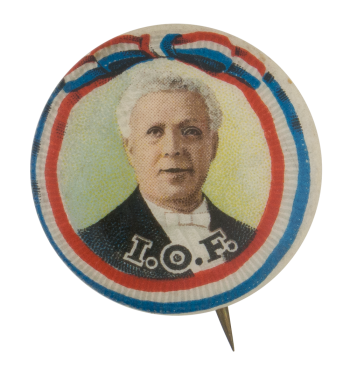Lions International Forest Elliott
| Category | |
|---|---|
| Additional Images | |
| Sub Categories | |
| Text on Button | LIONS INTERNATIONAL WE SERVE FORREST ELLIOTT |
| Image Description | Member name written in ink on yellow background. Inner circle of white with gold text above. Lion's Club logo at bottom in gold and blue. Dark blue outer rim with gold text. |
| Back Style | |
| The Shape | |
| The Size | |
| Year / Decade Made | |
| Additional Information | The Lions Club was started in Chicago in 1917 by Melvin Jones. Now an international organization, the Lion's Club has 1.3 million members. Clubs allowing women to join opened in 1986. This button belonged to the curators' grandfather. |
| Catalog ID | CL0046 |



